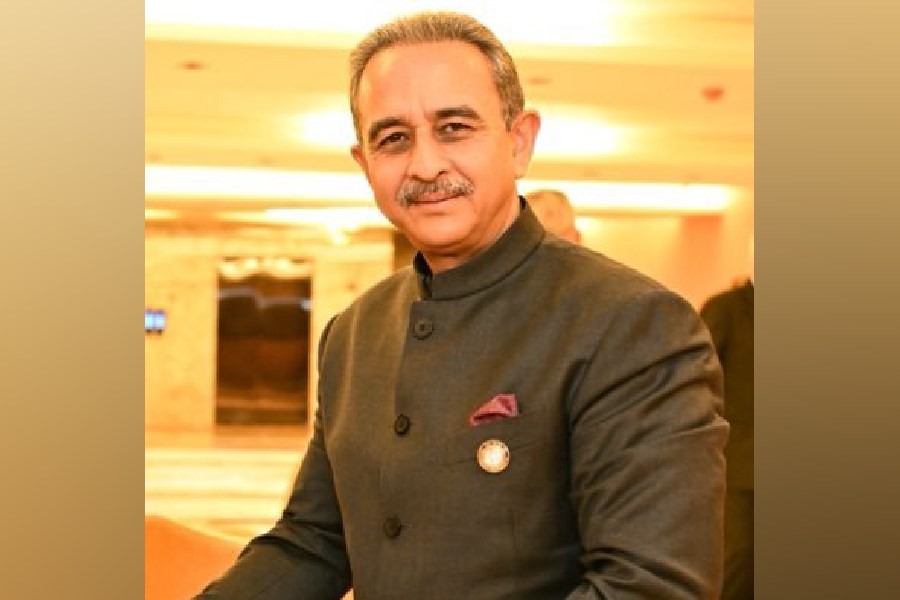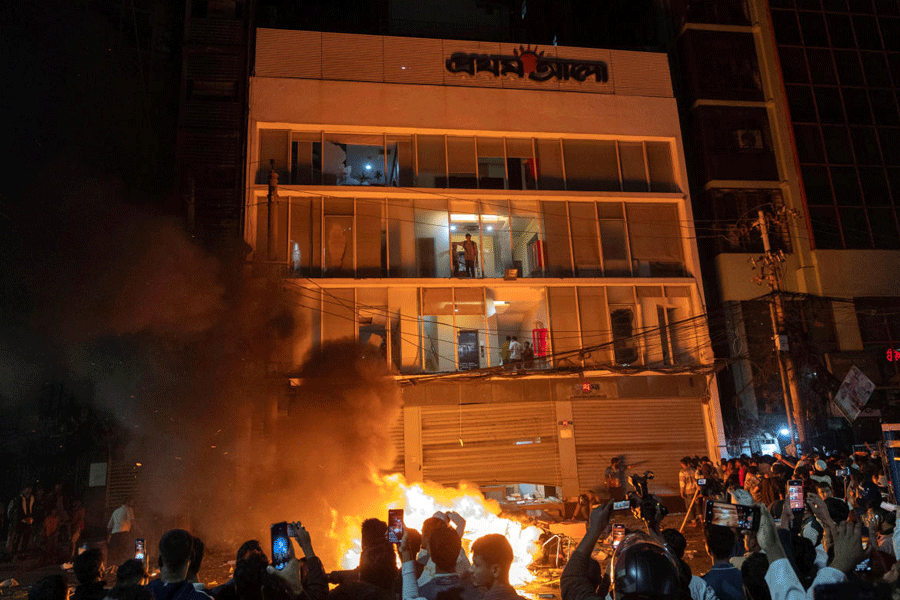Students on Monday learnt the processes Patna Museum officials adopt to preserve manuscripts that come into the facility.
On the third day of a five-day workshop on preventive conservation of manuscripts organised at Patna Museum, experts elaborated on the different ways to preserve manuscripts. Attending the session were students of various colleges and universities, resource persons among others.
Jyoti Raj, conservator, Manuscripts Resource Centre and Manuscripts Conservation Centre, Patna Museum, said: “When manuscripts come in to the museum, the documents are first tested. The pH (potency of hydrogen) scale and age of a manuscript are ascertained. Apart from that, bleeding is also checked to find whether the ink comes out under treatment through aqueous or non-aqueous methods. The colours are fixed and de-acidification is done. The acids that accumulate in the manuscript because of pollution, temperature or humidity are removed in this process. If required, lamination is done after that for which usually Japanese tissue paper is used.”
Japanese tissue papers are considered good for laminating manuscripts for their thinness, transparency and visibility.
Bhavnath Jha, the editor of the publishing department of Mahaveer Mandir, also explained the traditional methods of conserving manuscripts at the workshop.










